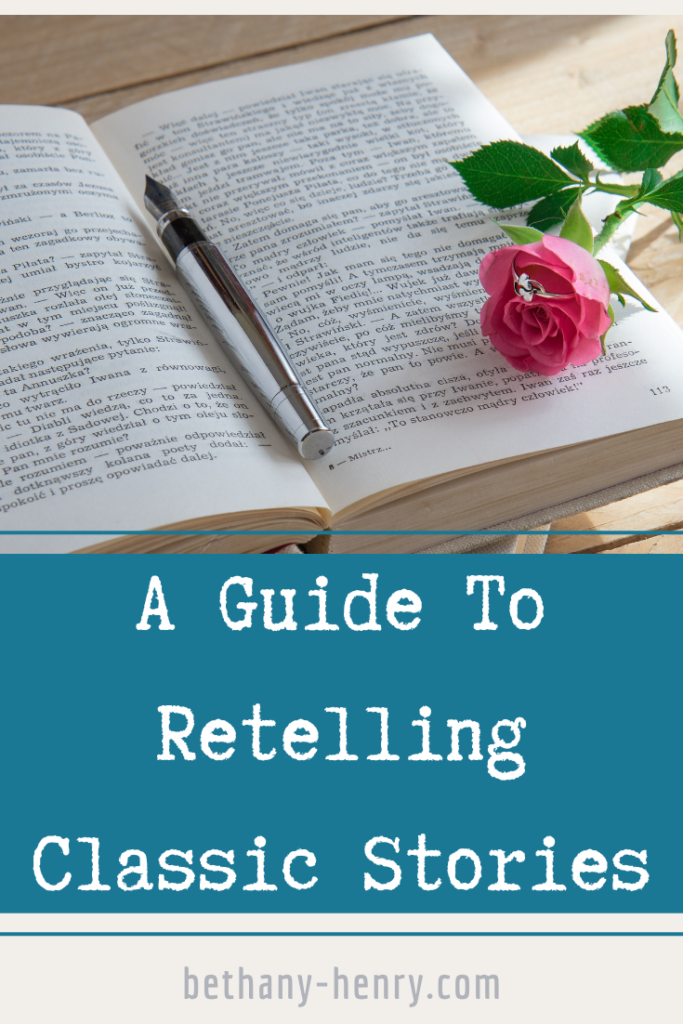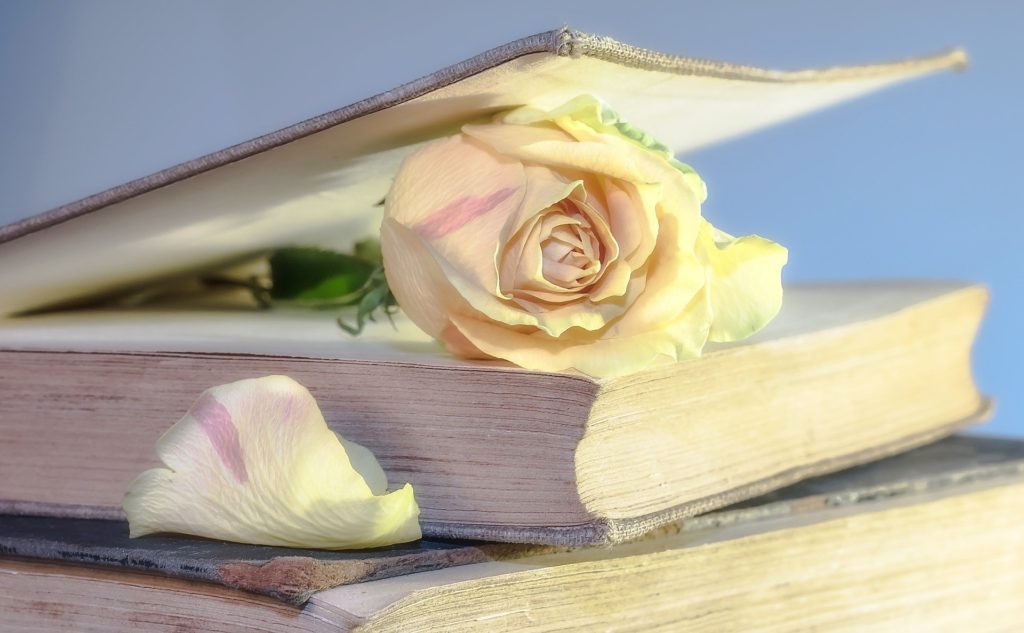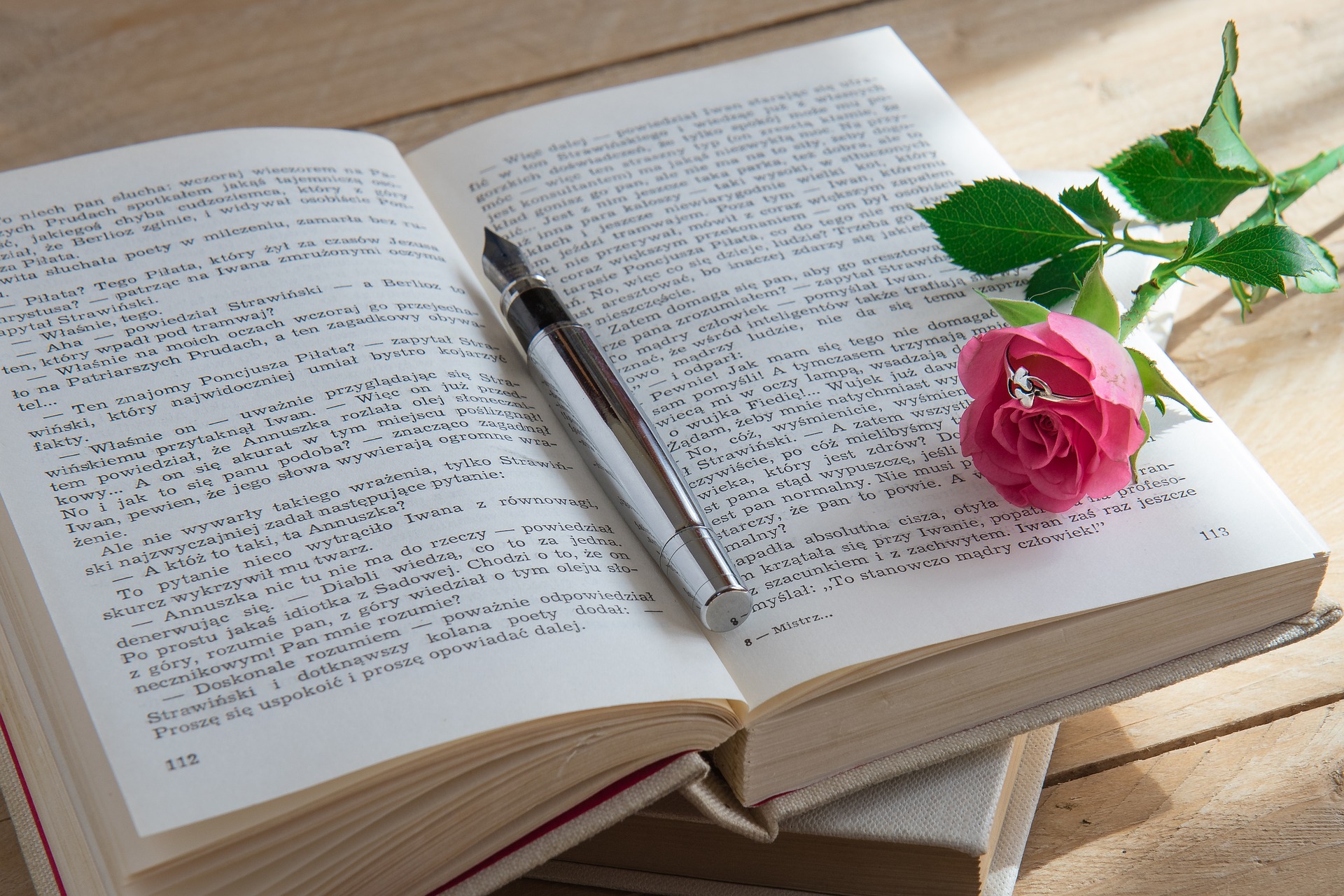
Certain stories are passed down from generation to generation: they are read to children at bedtime, assigned to classrooms, and selected at book clubs.
These stories become favorites, cultural touchstones, and classics for various reasons. Maybe it’s the characters, the scenery, the groundbreaking ideology, or the plot. Something resonates with the readers and makes the story powerful.
And not only do these stories get read and reread, but they are also retold!
Retellings of these classic stories is a giant genre despite taking a hundred different forms.
These retellings can be fun, powerful, and tricky. Today we’re going to look at how to we can write these stories well.
If this topic seems somewhat familiar it may be because I’ve talked about it a bit before over at Fiction University! Check out my post 6 Rules for Retelling Classic Stories.
Why Retellings Are Fun
I love retellings of classic stories, particularly Shakespearian though I’ve enjoyed a few Austin adaptions recently as well. And of course fairy tales are always fun. Okay, okay, so I love them all 🙂
And I’m not the only one who has a soft spot for retellings! There are several reasons why retellings can be particularly fun.
The first reason is that a retelling is, by definition, going to feel familiar. It’s a story we’ve heard before.
This familiarity can be comforting.
It can also make us as the reader feel a bit like we’re in on a secret- we already know aspects of the story or have some guesses on how it may end.
Another reason retellings can be fun is that they can provide common ground. For instance, people all over the world have their own versions of Cinderella in countless languages and variations. Yet we can all recognize the common elements of the rags to riches story. These stories can bring us together.
Lastly, when we already love a story it can be a bit like revisiting an old friend when we discover a retelling of it.
Why Retellings Can Be Powerful
Retellings of classic stories can be especially powerful when told well.
To start with, these stories often have themes and characters that have resonated with readers over time and across culture. These elements can provide a strong basis for our own story.
Not only can we portray themes from classic stories but we can also add to them.
Retelling classic stories gives us a unique opportunity to show new sides of a situation, explore themes in different ways, and to dig deeper into issues. We can shift people’s expectations and challenge their perspective in a way we may not get the chance to do otherwise.
Because readers may be familiar with the original story it can help them connect with a situation or theme and give us the opportunity to give it new depth or meaning.
Retellings can resonate with readers in powerful ways both to explore familiar themes as well as a foundation to look at new concepts in a safe setting.
Why Retellings Are Tricky
While retellings can be particularly fun and powerful, they can also bring along unique challenges.
To start with, our readers may already love the story we are retelling. This may lead them to have extremely high standards and specific previous expectations. They may be bothered or even offended if we change certain aspects of the story.
And yet readers may also be upset or downright bored if we don’t change enough about the story. They don’t want to read the same old story or have it be too predictable.
Finding a balance between meeting and subverting these expectations is a tricky thing indeed.

How To Write Retellings Well
Sure, writing a retelling of a classic story has its own tricky aspects, but it’s totally doable! Here are three steps to guide us through the process.
1. Know What Story We Want To Tell (And Why)
- What is it about the original story that we like?
- Are there core themes or ideas do we want to keep and explore in our retelling?
- What is our writing style and how do we envision this story?
- What are we passionate about and what is our motive for writing?
Exploring our motives and goals for writing is important no matter what story we are telling. Examining where we are starting and where we want to go can be invaluable.
With retellings it is especially helpful as we identify what it is about the original story that we resonate with and how we want to make it our own.
As we look to rewrite a classic story it is important to identify what is new that we are bringing to it. What are we changing and putting our own spin on? This will be a defining characteristic of our story.
We can change a lot about our story, keeping it only loosely inspired by the original, or it may be a close retelling. It all depends on what story we want to tell!
Spin Inspiration!
What spin will you add to your story? Here are a few common ways to add a twist to a tale:
- Change the location
- Set in a different time period
- Change sex or gender of characters
- Show through a different POV
- Change who wins in a situation/conflict/war
- Switch who the chosen one is
- Change genres
- Mix different stories together
Warning: As we change things up in our story we don’t want to get caught up in stereotypes and bias. It can be easy to fall into faulty thinking if we don’t critically examine ourselves and get others to give us feedback. This is especially problematic when portraying a people group we are not a part of.
We always need to do our part to portray all people accurately and with respect.
In fact, retellings are great opportunities to twist expectations and challenge stereotypes and assumptions because people are being forced to think differently about a story than they have before. So let’s use that opportunity! Which brings us to our next point..
2. RESEARCH
Once we’ve decided what story we want to tell, it’s time to dive in.
Research is critical no matter what we are writing.
With retellings, one of the first things to research is our source material itself.
- What is our original story?
- When/where was it written?
- Who wrote it and why?
- What other retellings have used this story as its base and what changes did they make?
We want to know what has been done before with our original story, with retellings in general, and with other stories in our chosen genre. This helps inform us as to readers’ expectations, can inspire new thoughts of our own, and can keep us from accidentally copying something that’s been done before.
Remember, you’re writing your own story. There is no need to succumb to other people’s expectations or follow what has been done before. But knowing what has been done before will give us the understanding to intentionally choose how we want to approach our own work.
Along with making ourselves familiar with our source material and what has been written before, we also want to dig deep and research well as we develop our worldbuilding and characters.
We should always have high standards for ourselves and that is no less true here.
Worldbuilding is one big topic that requires research to get it right: we want our worldbuilding to be rich and draw people in.
Our characters are the second big research item: we want our characters to be dynamic, interesting, and every bit ours even if they may have been originally inspired by another author’s story.
Research will be a way we can add details and make our stories come alive.
3. Review Our Balance
Reviewing our work is always an important part of writing.
We revise, edit, and hopefully get lots of helpful feedback in order to make our stories stronger. These steps are critical.
As we review and revise our retellings, it is helpful to review our initial vision and how the balance between original story and our own spin has played out. Have the pieces of new and old come together in a way we like?
We can always make changes even to the original source material and revise as many times as needed at this point. It’s our decision what goes where and this is a good time to review it all and evaluate what we like or don’t like.
Because at the end of the day, it’s our story!
And just like any other story, we need to write the story we want to write.
It’s important to have fun and to fill our stories with things we like.
And to take something old and make it into something new and ours. Happy writing!
For further reading, don’t forget to check out my post on Fiction University: 6 Rules for Retelling Classic Stories.
Also, here are some fun retellings to check out! Plenty more exist and I’d love to hear your favorites in the comments below. Please note these are affiliate links, which means if you purchase anything I may receive a small commission at no cost to you.
Pride, Prejudice, And Other Flavors by Sonali Dev; a retelling of Pride and Prejudice
Beauty by Robin McKinley; a retelling of Beauty and the Beast
Ella Enchanted by Gail Carson Levine; a retelling of Cinderella
Geekerella by Ashley Poston; a retelling of Cinderella
Rook by Sharon Cameron; a retelling of The Scarlet Pimpernel




